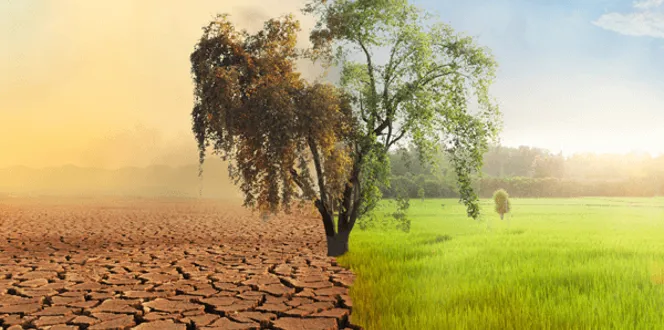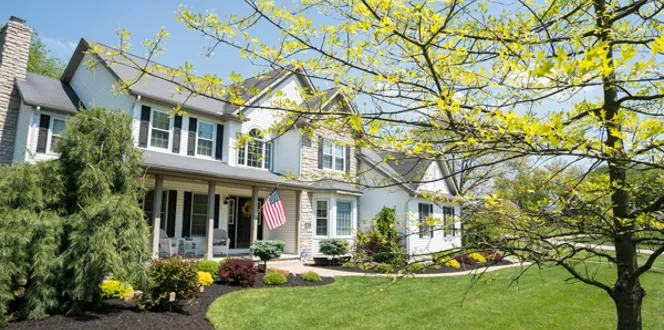You might remember the pawpaw tree from Disney’s “The Jungle Book,” where the bear Baloo sings the “Bare Necessities” to the orphaned boy, Mowgli.
But that story might make you wonder, “Where do pawpaw trees grow?” and “What do pawpaw trees look like?” You might even question, “What does pawpaw fruit taste like?” and “How can I identify this tree?”
Well, the pawpaw tree is native to North America and is a member of a large, mostly tropical plant family known as Annonaceae. It produces large edible fruit that is said to taste like a banana combined with flavors of citrus, vanilla, and mango.
Let’s learn more about pawpaw trees, so you can better identify them and decide whether they might make a great addition to your home landscape.
How to Identify a Pawpaw Tree
Pawpaw trees grow natively in most of eastern North America – reaching from Ontario and Wisconsin south to Florida and west to Kansas, Oklahoma, and even eastern Texas.
Here, we’ll review the key identifiers that can help you tell a pawpaw tree from others.
Pawpaw Tree Leaves
Pawpaw tree leaves are large, shiny, and medium to dark green in color in summer. They are 6- to 12-inches long, 3- to 5-inches wide. Each leaf is widest above the middle toward the leaf tip. Some people describe them as hanging down like dog ears from twigs.
Leaves turn yellow-green to golden yellow in autumn and remain on the tree late into the fall season.
Pawpaw Tree Bark
Pawpaw tree bark is gray to ashy-brown, thin, and smooth.
As the tree ages, bark can become rougher and develop more irregular ridges.
Pawpaw Tree General Characteristics
- Grow zone: Pawpaw trees grow best in U.S. Hardiness Zones 5 to 8. They grow wild in 26 states.
- Height/spread: Pawpaw trees can grow up to 15- to 20- feet tall with a 15- to 20-foot spread.
- Growth Rate: Pawpaw trees are slow growers, particularly in the first two years as the root system becomes established. Afterward, growth accelerates, and the tree will bear fruit after reaching 6 feet in height.
- Sunlight: It’s best if you plant your pawpaw tree in an area that receives at least 4 to 6 hours of direct sunlight daily.
- Blossoms: This tree will deliver maroon or dark purple flowers in the spring that are about 1 to 2 inches across and have six petals and three sepals.
Unique Pawpaw Tree Facts
The pawpaw tree fruit is actually considered the largest tree fruit native to North America. Fruits develop after the trees flower, starting as a green color and maturing to a yellow or brown by September or October. This tropical-like fruit is also nutrient packed with vitamin C, magnesium, iron, copper, and potassium, as well as several essential amino acids. But since the fruits are very perishable and don’t often make it to grocery stores, local farm markets are the best place to purchase them.
Pawpaw tree fruit was considered the favorite fruit of Native Americans, as well as George Washington. Thomas Jefferson even planted pawpaw trees at Monticello, his Virginia home. Many people say they like it best chilled after being stored in the refrigerator. And while you can eat these fruits raw, you can also use them in numerous recipes, such as pies and desserts like ice cream.
On top of being a treat to eat, the fruit is also very aromatic, emitting a floral fragrance. While the flowers are not attractive to bees, their fragrance of decaying fruit attracts flies and beetles, which pollinate the flowers. The pawpaw tree is also the only host for the caterpillar of the zebra swallowtail butterfly, which is strikingly beautiful.
NEED HELP IDENTIFYING WHAT TYPE OF TREE YOU HAVE? CALL YOUR LOCAL ARBORIST FOR A FREE TREE INSPECTION.





